Baroque Festival: St John Passion
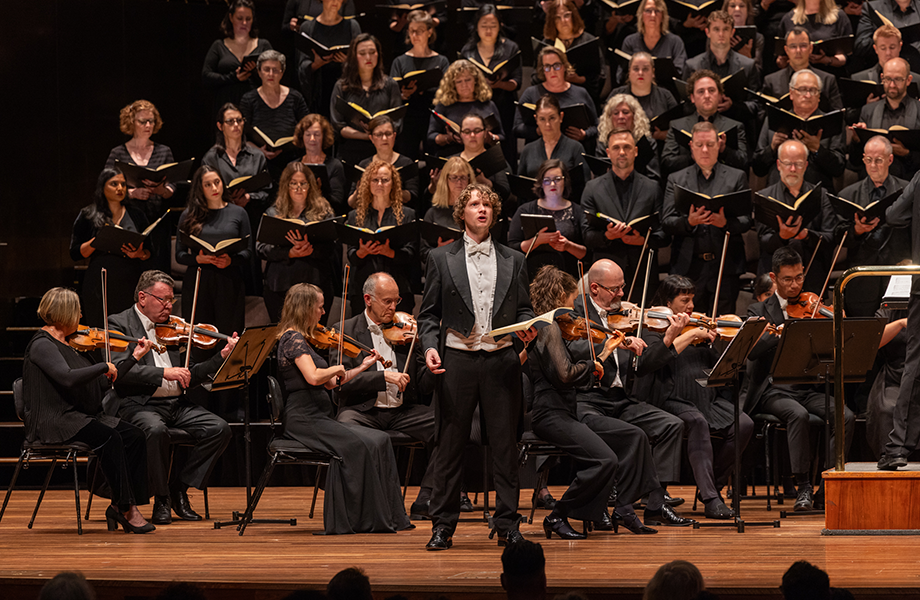
It is a brave conductor who would hold a packed Hamer Hall audience and a galaxy of musicians and singers in suspension, in raw silence for what felt like long minutes, late in the performative arc of Bach’s St John Passion. No program crackle, no relaxing of shoulder, no shudder of a bow. Breath stifled.
Conductor Stephen Layton, until recently Fellow and Director of Music at Trinity College, Cambridge, is an acknowledged master of timing and performance, but on this occasion it was as if there were something inevitable about the extreme control he was able to exercise over his players and public. The propulsive, emotive force of Bach’s music, its way of embodying and proclaiming human tragedy and nobility, had reached such a pitch that it was almost more than could be borne. Silence was mandated.
Continue reading for only $10 per month. Subscribe and gain full access to Australian Book Review. Already a subscriber? Sign in. If you need assistance, feel free to contact us.



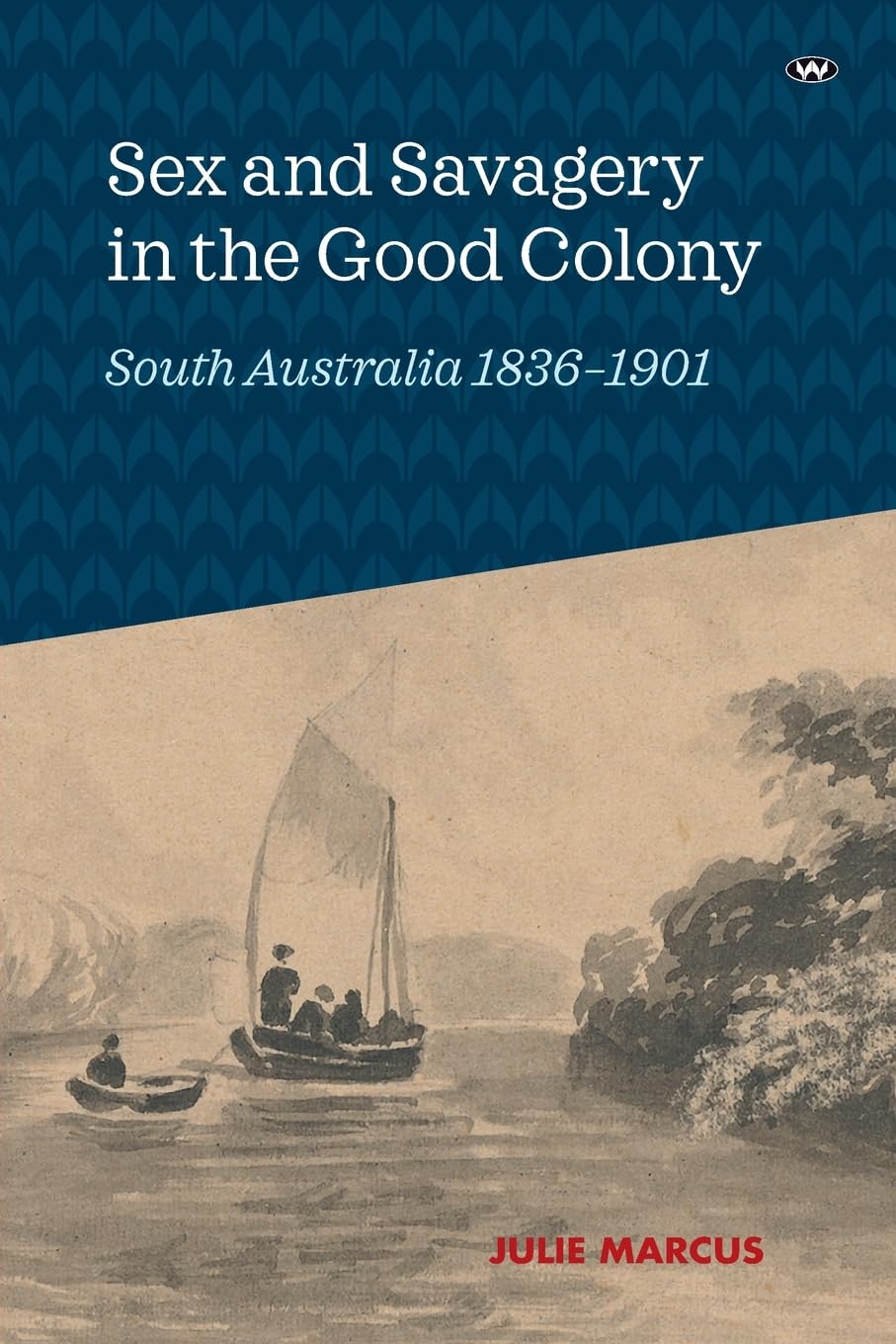
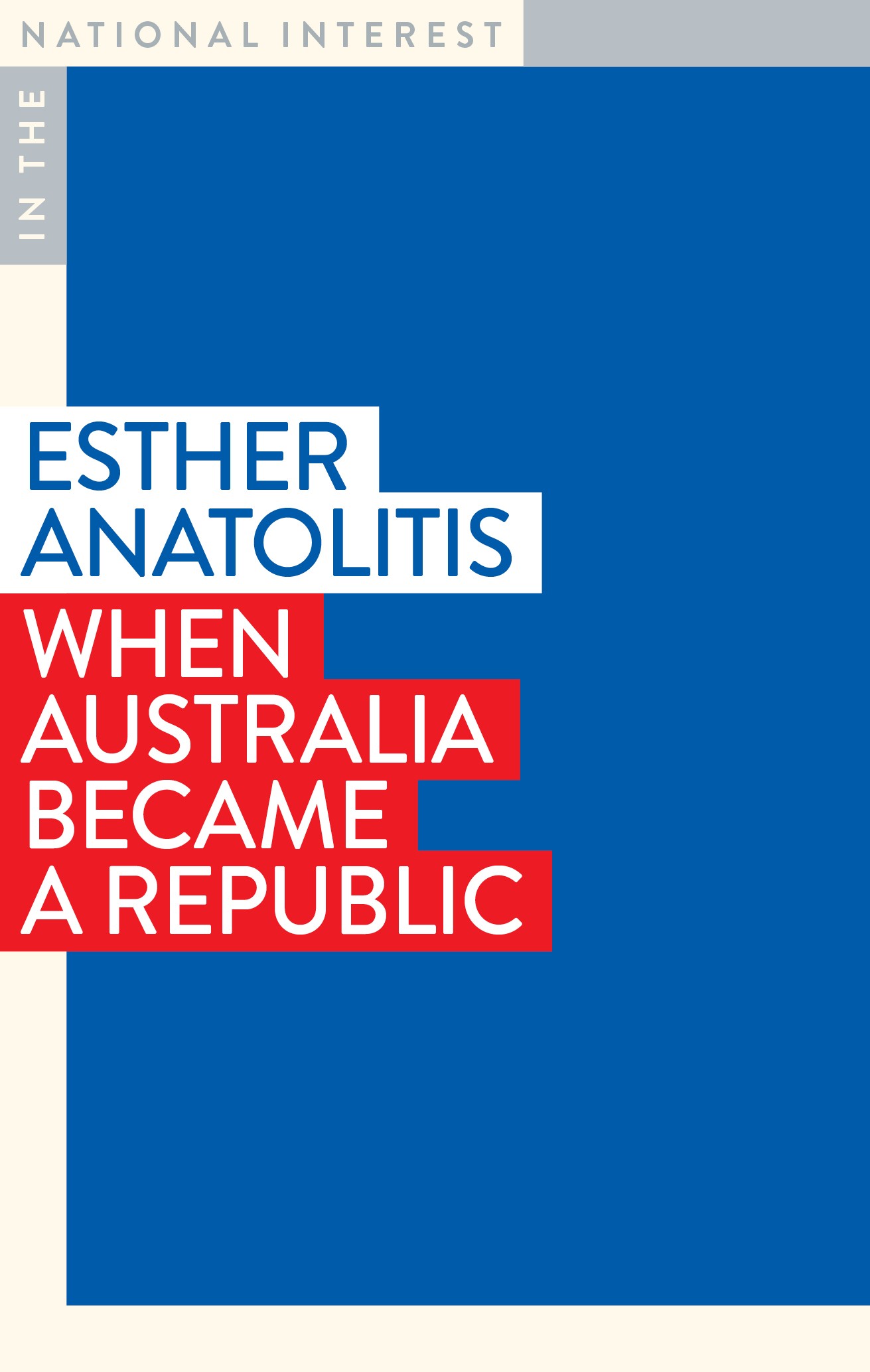

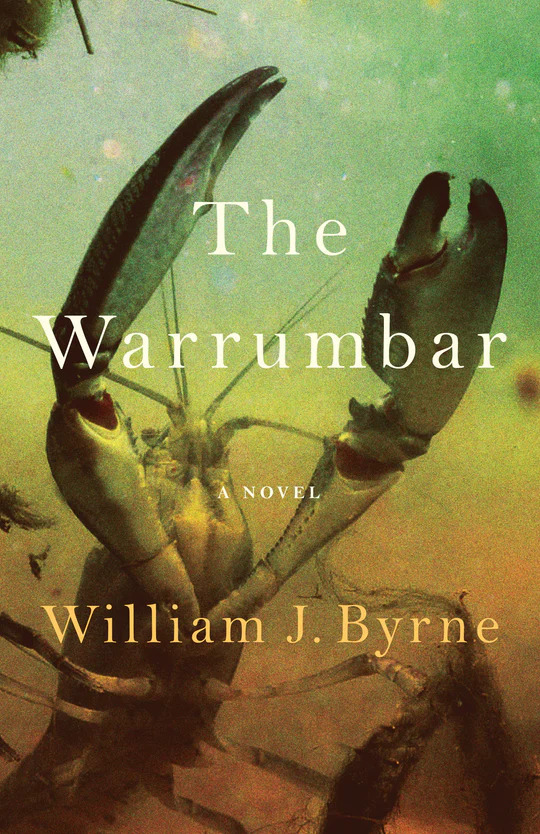
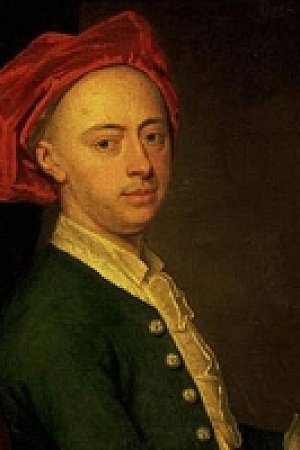

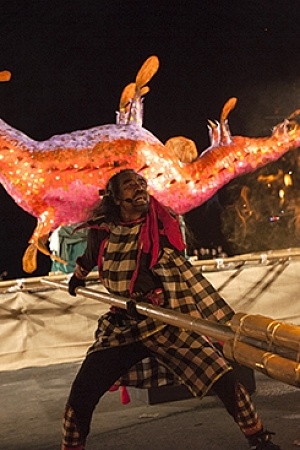
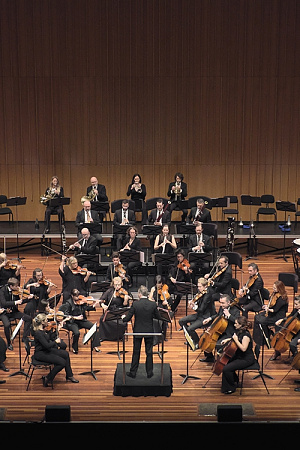
Comment (1)
Leave a comment
If you are an ABR subscriber, you will need to sign in to post a comment.
If you have forgotten your sign in details, or if you receive an error message when trying to submit your comment, please email your comment (and the name of the article to which it relates) to ABR Comments. We will review your comment and, subject to approval, we will post it under your name.
Please note that all comments must be approved by ABR and comply with our Terms & Conditions.